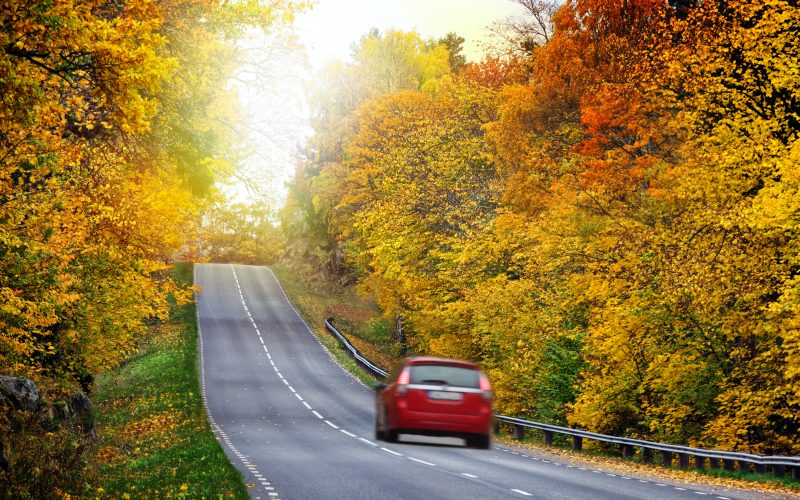
What is NOx
NOx is combination of NO (nitrogen oxide) and NO2 (nitrogen dioxide). NOx has a very negative effect on health and contributes to the formation of summer smog, acid rain, acidification of the soil, the quantity of fine particles in the air and eutrophication in the soil. About 20-30% of emissions from a diesel engine consist of NOx.
Even with a CRT filter on a diesel engine, the emission level of fine particles is still 77% higher compared to an LPG engine. In addition, the noise level of an LPG engine is significantly lower than that of a diesel engine. In conclusion, we can say that LPG is the best choice if you are looking for a fast and easy way to make a clear, positive contribution to the environment.
If you would like to read more, Then visit: tno-no2
